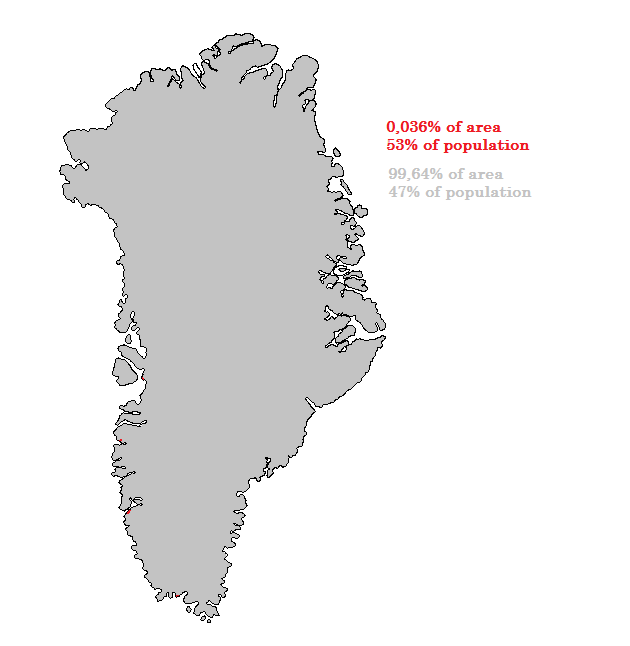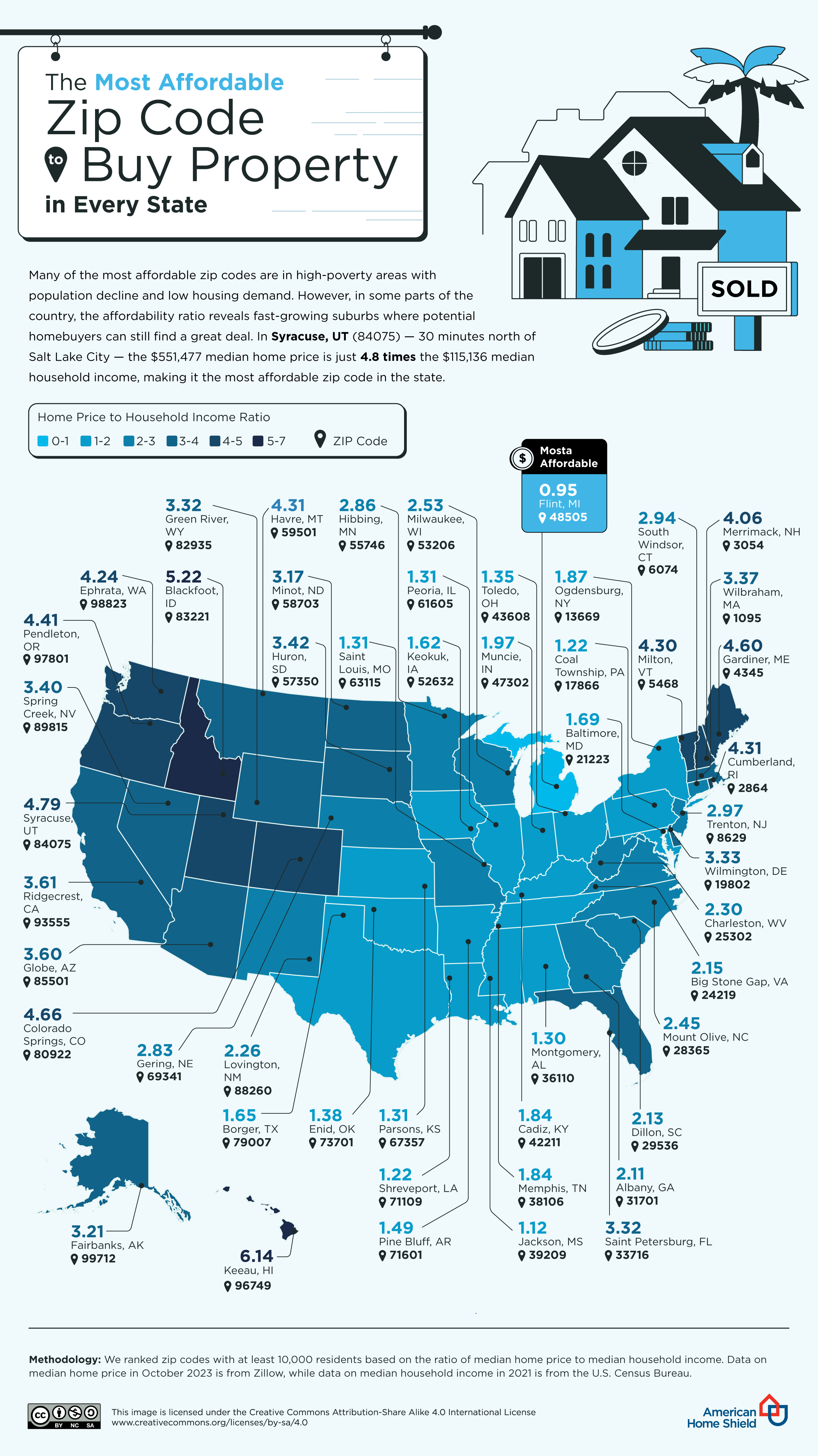Half of Greenland’s Population Lives Here — And It’s Only 0.036% of the Land
When most people picture Greenland, they imagine an endless landscape of snow, ice, and emptiness. And honestly, that’s not far off the mark – at least in terms of land coverage. Around 80% of Greenland is buried under a permanent ice sheet, making the island one of the most sparsely populated places on the planet.
But what’s more surprising isn’t how few people live in Greenland – it’s where they live.
Greenland has a population of about 56,000, and more than half of them are clustered into a tiny slice of the country’s southwestern coast. Nuuk, the capital, is home to around 19,600 people as of 2024, which is roughly one-third of the country’s entire population. The next largest town, Sisimiut, located about 320 km north of Nuuk, has just over 5,400 residents. Together with a couple of nearby settlements – like Ilulissat and Qaqortoq – these communities make up a very small fraction of Greenland’s total land area but hold the majority of its people.
The red dots on the map below highlight areas covering just 0.036% of Greenland’s landmass that contain 53% of the country’s population.

What does 0.036% of land look like? On a map of Greenland, it’s a few dots huddled along the ice-free fringe of the coast. That’s it. The rest of the island – some 2.1 million square kilometers (about 811,000 square miles) – is essentially uninhabited. It’s not that people can’t live inland, but the ice, isolation, and lack of infrastructure make it extremely difficult.
Most of Greenland’s towns are built near fjords, where the land dips gently into the sea. These areas have slightly warmer weather and better access to fishing, transportation, and supply routes. Air travel is expensive, and there are no roads connecting the settlements. Instead, locals rely on boats and ferries like the Arctic Umiaq Line (AUL) to get from one town to another along the coast—essentially Greenland’s marine highway.
So if you’ve ever looked at a globe and thought Greenland seemed like a blank spot, you’re not wrong. But zoom in close to the coast, and you’ll find small pockets of life thriving in one of the most remote regions on Earth.








